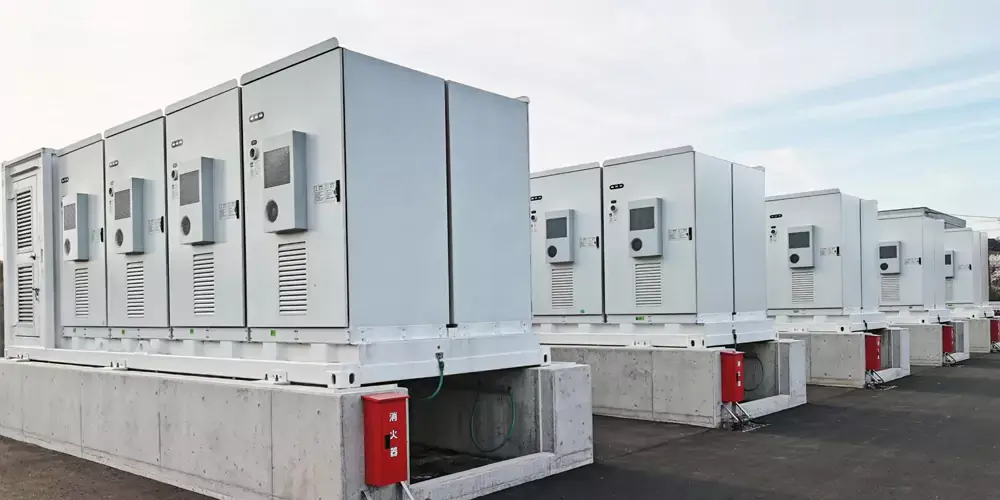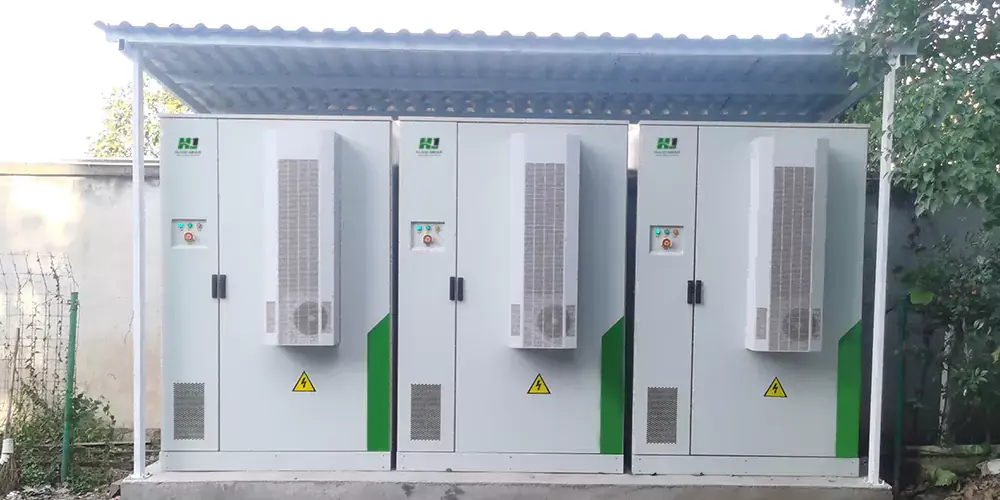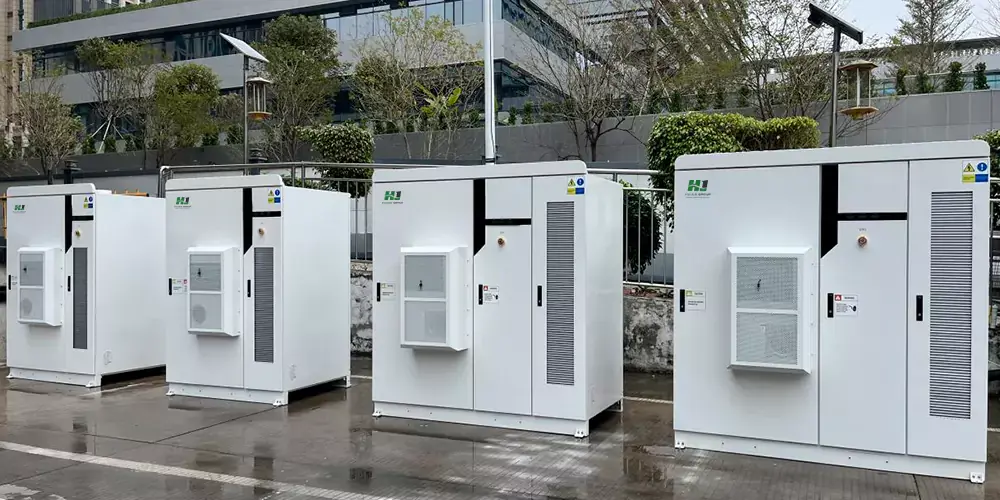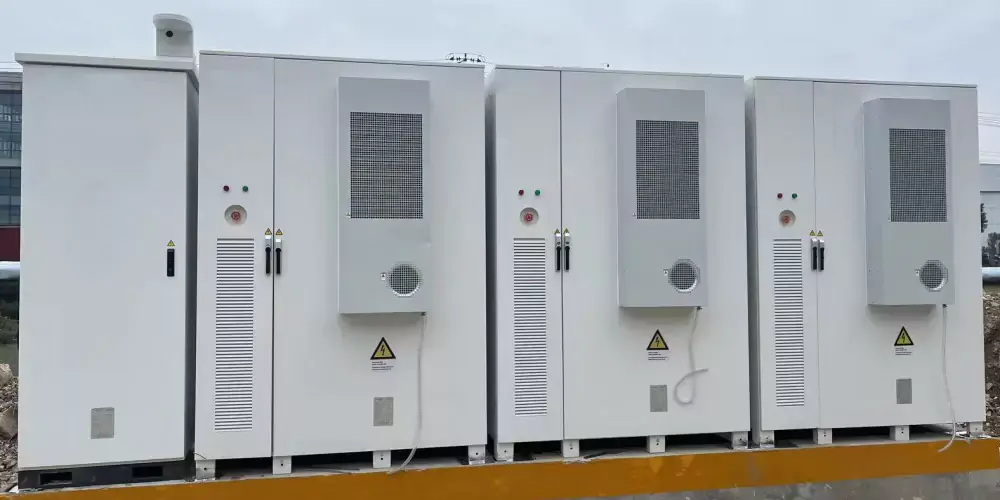Can a House Run Completely on Solar Power?
As the world shifts towards renewable energy sources, solar power stands out as a viable solution for achieving energy independence. The idea of a house running entirely on solar power is increasingly becoming a reality for many homeowners. However, realizing this vision involves several considerations and steps. This article explores whether a house can truly run on solar power alone and what it takes to make this possible.
Understanding Solar Power system for Homes
Solar power harnesses energy from the sun using photovoltaic (PV) panels. These panels convert sunlight into electricity, which can be used to power a home’s electrical systems. The feasibility of a house running entirely on solar power depends on several factors including energy needs, system design, storage solutions, and location.
Assessing Energy Needs
The first step to determine if a house can be completely solar-powered is to assess its energy needs. This involves calculating the total electricity consumption, which includes all electrical appliances, lighting, heating, cooling, and other energy uses. Homeowners should review their energy bills and possibly use energy monitoring tools to get an accurate picture of their consumption.
Designing the Solar Panel System
Once energy needs are assessed, the next step is to design a solar panel system that meets these requirements:
– Sizing the System: Based on the calculated energy needs, the size of the solar panel system must be determined. This includes the number of solar panels required and their capacity. The system’s size will also depend on the location, as solar intensity varies. For example, a home in a sunny region like Arizona will need fewer panels compared to one in a less sunny area like Seattle.
– Panel Efficiency: Selecting high-efficiency solar panels is crucial for maximizing energy production within the available roof space. Advanced panels with higher efficiency ratings can produce more electricity from the same amount of sunlight, making them ideal for limited roof space.
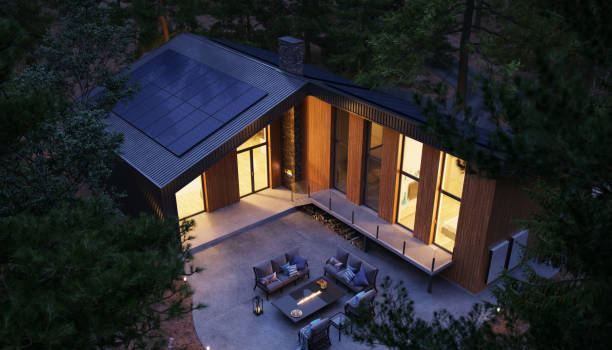
Incorporating Battery Storage
To ensure a constant power supply, especially when sunlight is not available (e.g., during the night or on cloudy days), a solar power system typically requires battery storage:
– Energy Storage: Batteries store excess energy produced during sunny periods for use during times when solar generation is low. The size and type of batteries needed will depend on the household’s energy consumption and desired level of energy independence.
– Battery Capacity: Properly sizing the battery storage is essential to handle the home’s energy needs during periods without solar generation. Larger batteries or multiple battery units may be required for complete energy independence.
Installing an Inverter System
Solar panels generate direct current (DC) electricity, while most home appliances use alternating current (AC). An inverter system is required to convert DC to AC:
– Choosing the Right Inverter: The inverter must be sized appropriately to handle the solar panel output and the household’s energy consumption. High-quality inverters ensure efficient conversion and reliable performance.
Considering Grid Connection
While complete solar independence is achievable, staying connected to the grid can offer additional benefits:
– Net Metering: Many regions offer net metering programs where excess solar power can be fed back into the grid, earning credits or compensation. This can provide flexibility and backup power, though it is not a requirement for full solar independence.
– Off-Grid Solutions: For those seeking complete energy independence, an off-grid system can be designed. This requires larger battery storage and careful energy management to ensure reliability and sustainability.
Implementing Energy Efficiency Measures
To reduce the size of the solar system required and improve overall effectiveness, energy efficiency measures should be implemented:
– Home Efficiency: Upgrading to energy-efficient appliances, using LED lighting, improving insulation, and adopting smart home technologies can significantly reduce energy consumption. Lower energy needs mean a smaller solar system and reduced costs.
Installation and Maintenance
Proper installation and regular maintenance are crucial for the optimal performance of a solar power system:
– Professional Installation: A certified professional should install the solar system to ensure it meets safety and performance standards. Proper installation is critical for maximizing efficiency and avoiding potential issues.
– Ongoing Maintenance: Regular maintenance, such as cleaning solar panels and checking battery performance, is necessary to keep the system operating at peak efficiency.
Navigating Local Regulations and Incentives
Understanding and complying with local regulations and taking advantage of incentives can impact the feasibility and cost of a solar power system:
– Permits and Codes: Adhering to local building codes and obtaining necessary permits is essential for legal and safe installation.
– Incentives: Government incentives, rebates, and tax credits can reduce the initial cost of a solar system and make complete solar independence more attainable.
Challenges and Considerations
Despite its benefits, achieving complete solar power for a house comes with challenges:
– Initial Costs: The upfront investment for purchasing and installing a solar power system can be significant. However, this cost can be offset over time through savings on energy bills.
– Weather Dependence: Solar power generation is dependent on weather conditions and geographical location. Areas with less sunlight may require larger systems to meet energy needs.
Conclusion
In summary, a house can run completely on solar power with careful planning and the right equipment. Key factors include assessing energy needs, designing an appropriately sized solar panel and battery storage system, implementing energy efficiency measures, and ensuring proper installation and maintenance. With advancements in solar technology and decreasing costs, achieving complete solar energy independence is becoming increasingly feasible. As more homeowners embrace solar power, the vision of running a house entirely on solar energy is not just a possibility but an achievable reality.
Contact us
- Email:[email protected]
- Tel: +86 13651638099
- Address: 333 Fengcun Road, Fengxian District, Shanghai
Get A Quote Now!


